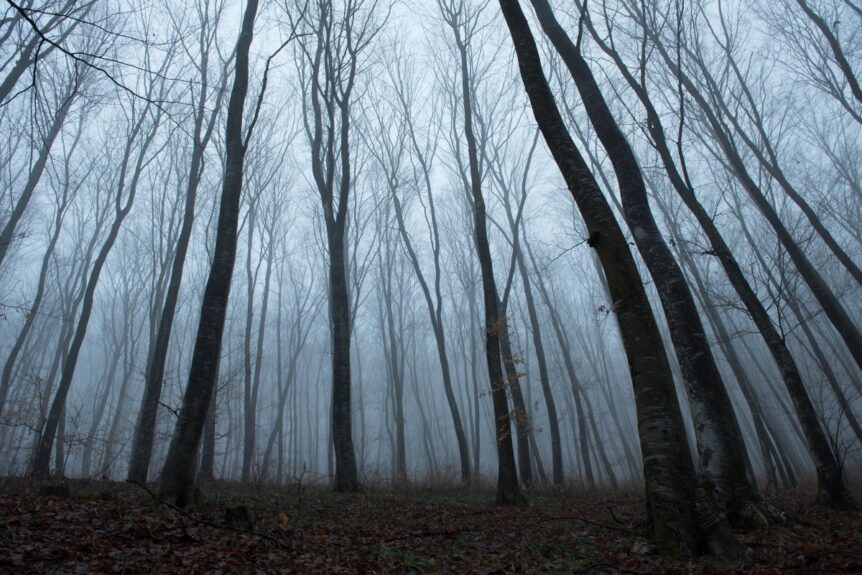Aside from playing a crucial role in fighting climate change, forests also provide jobs to over 900,000 Americans – so, maybe we should be looking after them?
Forests Are… Well, Important
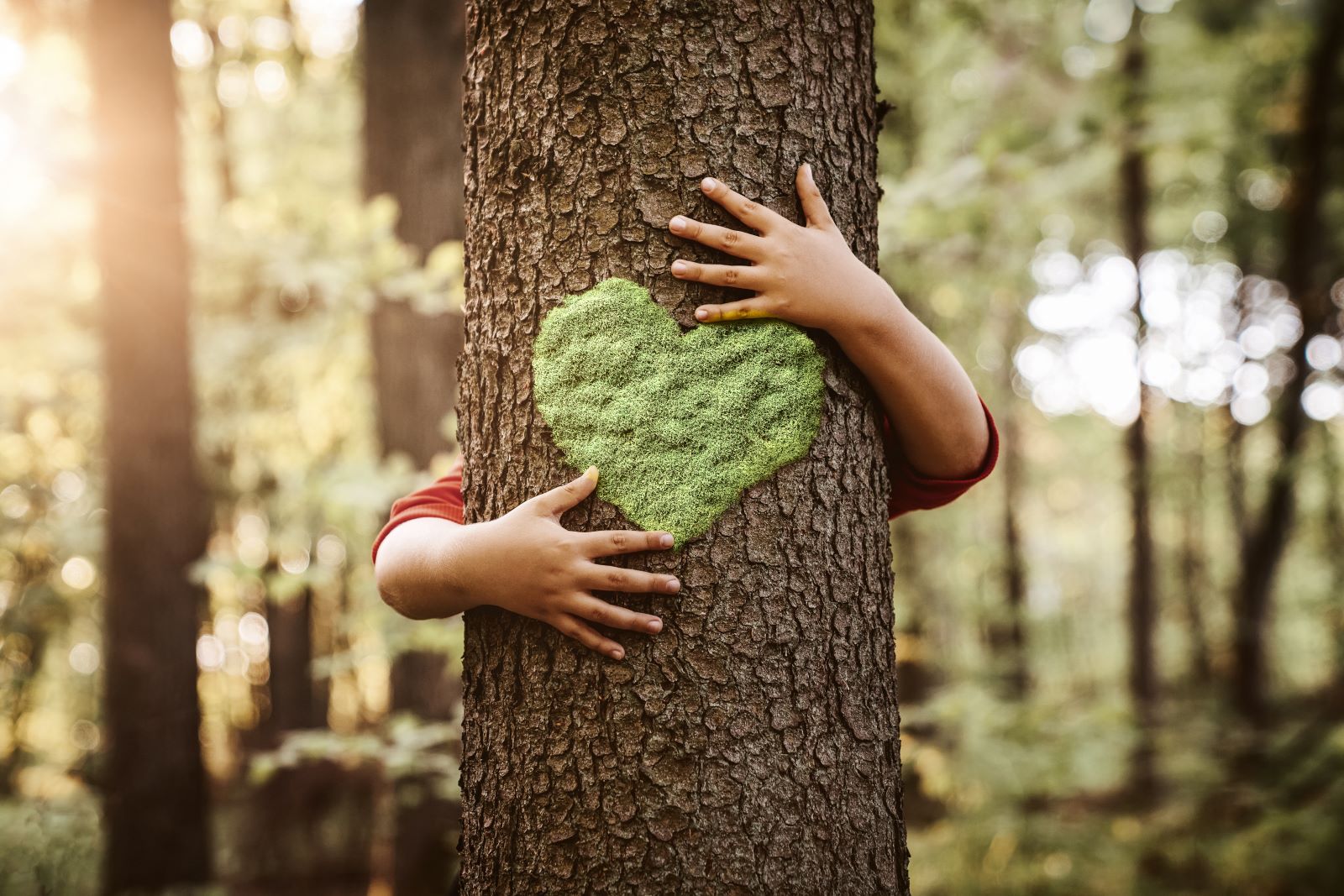
Image Credit: Shutterstock / rangizzz
When it comes to natural solutions to combat climate change, forests are one of the most popular options.
This is due to their capability of soaking up carbon dioxide from the atmosphere and storing it within their ecosystems.
But There’s a Problem
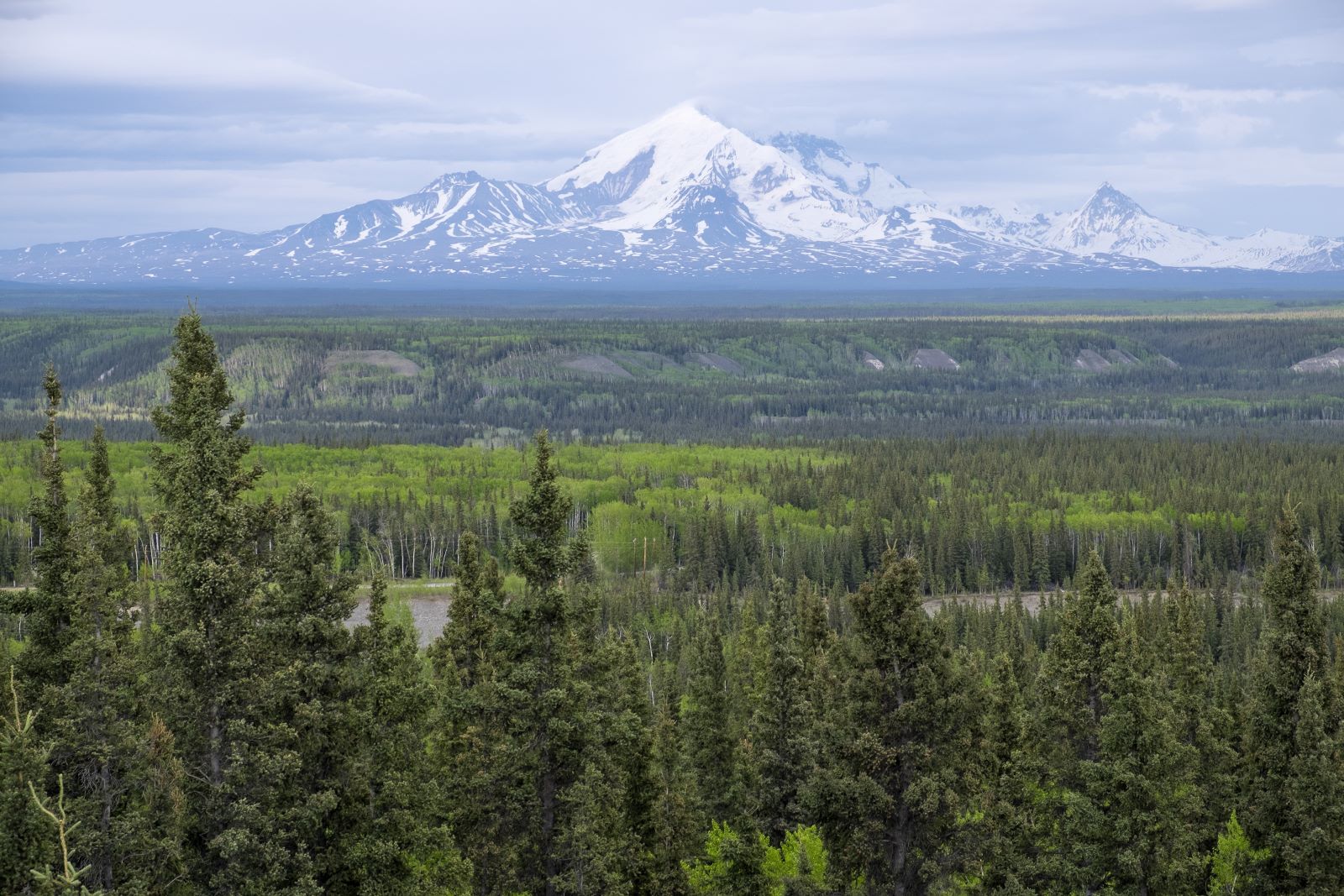
Image Credit: Shutterstock / Chiyacat
As the forest expands, the carbon dioxide is locked in the trees’ trunks, branches, leaves, and roots.
But now a new study is doubting whether the forests of the Western US can help curb climate change – and it has to do with sinking carbon levels due to changing environmental conditions.
What’s Lowering the Carbon?
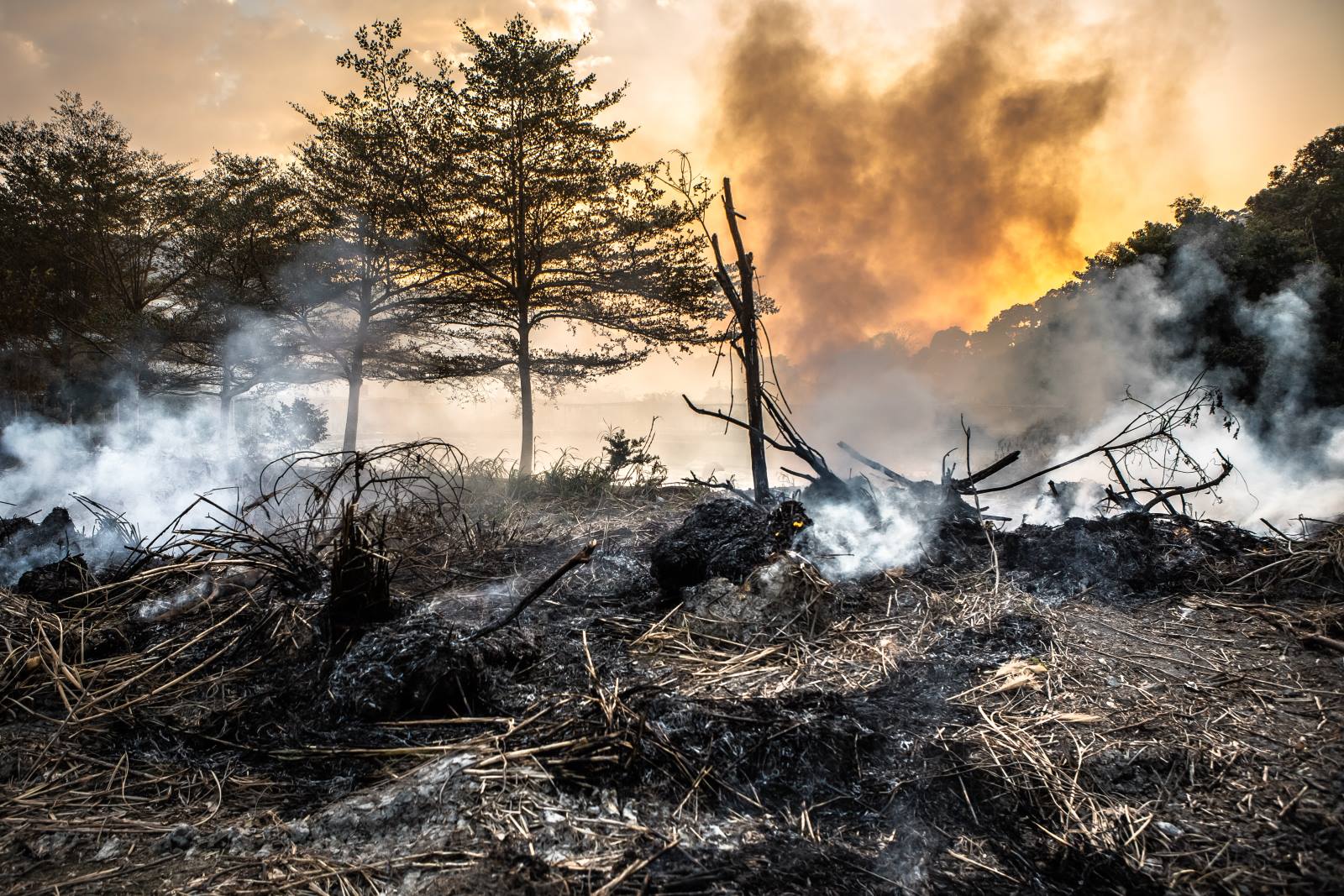
Image Credit: Shutterstock / Jackal Yu
The study, published in Earth’s Future, examined trends in carbon storage across the American West between 2005 and 2019.
Jazlynn Hall, a forest and landscape ecologist at Cary Institute of Ecosystem Studies, led the team and discovered that throughout most of the area, climate change and fires may be the reasons why forests are storing less and less carbon.
The Study

Image Credit: Shutterstock / stockfour
According to Hall, “There’s a lot of momentum to use forests as natural climate solutions”.
She added: “Many climate mitigation pathways rely in part on additional forest carbon storage to keep warming below 1.5 degrees C this century. We wanted to provide a baseline for how much carbon is currently stored in Western forests, how it’s changing, and how disturbances like fire and drought pose a threat to climate mitigation targets”.
Finding the Changes

Image Credit: Shutterstock / Zivica Kerkez
Data from the US Forest Service was used in the study to assess carbon storage in different ecoregions, covering the area from the arid Southwest to the temperate Pacific Northwest.
Methodologies, such as machine learning, were used to identify factors affecting changes in carbon levels.
More or Less
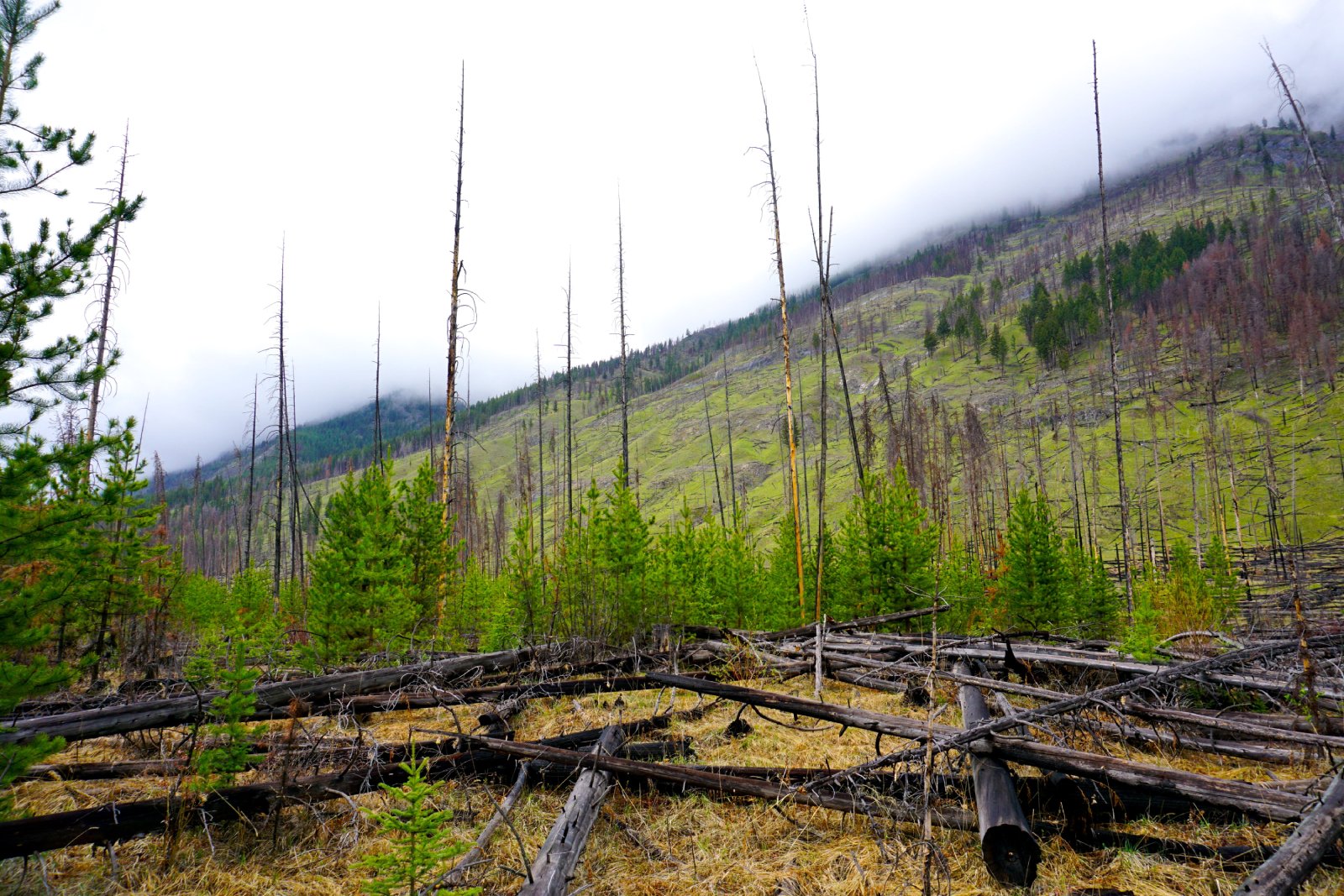
Image Credit: Shutterstock / bjovaag
According to the results, dead carbon from fallen trees increased.
However, live carbon stored in trees diminished considerably across most regions.
Pessimistic or Realistic?

Image Credit: Shutterstock / Thx4Stock team
Judging by the results, the study’s authors warn that many forests in the western regions could experience an accelerated decrease in carbon in the coming years or decades.
A Real Problem

Image Credit: Shutterstock / Sergey Nivens
Hall says: “These challenges have the potential to compromise carbon storage capacity and undermine our ability to mitigate climate change”.
Two Main Issues

Image Credit: Shutterstock / apiguide
Climate and fire were highlighted as the primary drivers of these changes, according to Park Williams, a co-author and hydroclimatologist at UCLA.
Evaluating Storage Levels

Image Credit: Shutterstock / Pressmaster
“Our study develops new methods to carefully estimate forest-carbon storage at a regional level, track it over time, and diagnose the causes of changes over time,” Williams explained, illustrating the complex interaction between natural and human-induced factors.
Forests and Carbon

Image Credit: Shutterstock / Pheelings media
Forests make up a crucial part of the carbon cycle and can help lower climate change’s impact worldwide. As they grow, the forests absorb and store the carbon to help offset emissions from fossil fuels.
Don’t Touch the Trees
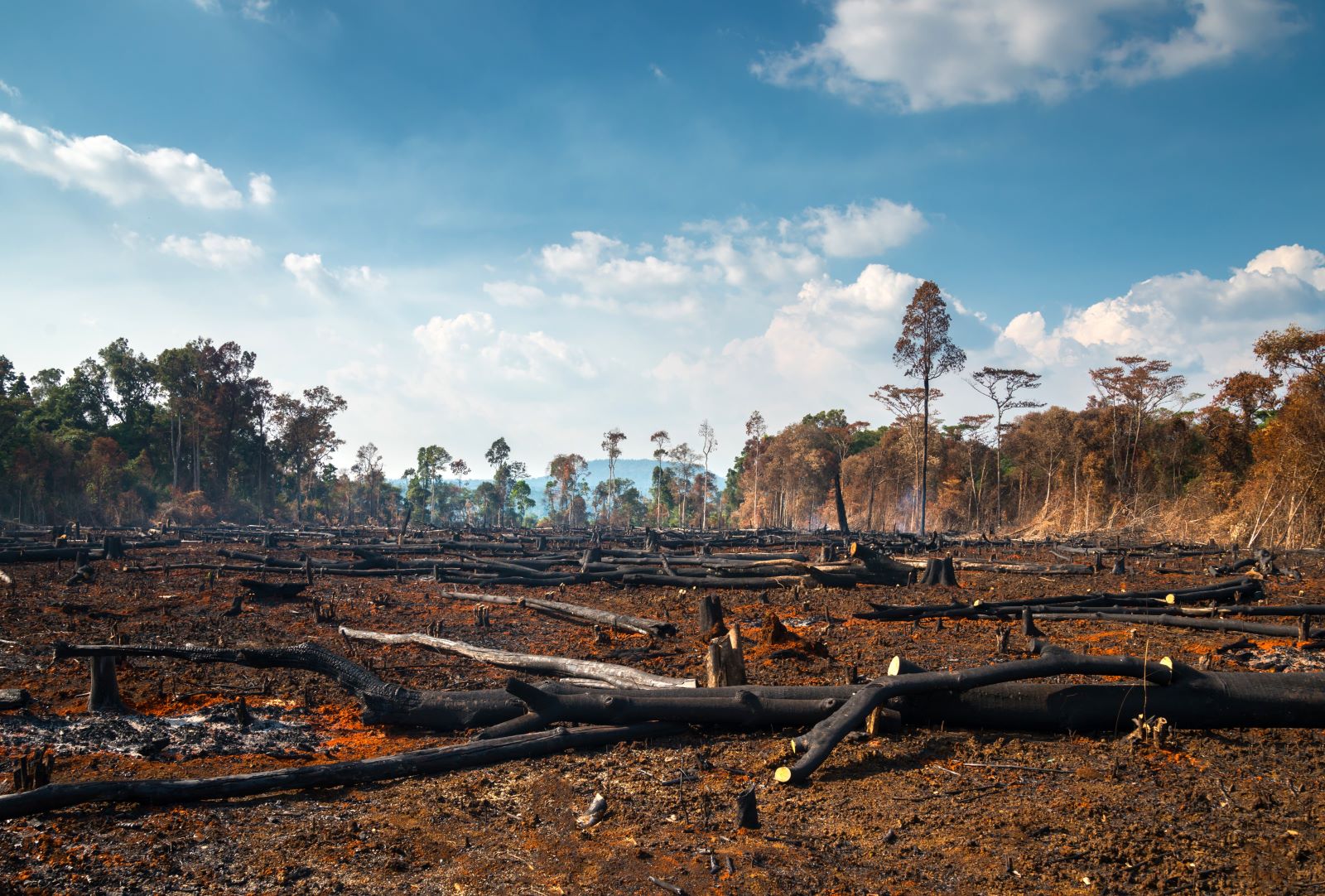
Image Credit: Shutterstock / Thammanoon Khamchalee
Whenever a tree is cut or burned, the forest temporarily releases part of this stored carbon into the atmosphere.
And when forests are transformed into other uses, like farming or development, almost all their stored carbon is permanently released.
Less and Less Carbon Storage

Image Credit: Shutterstock / Tint Media
Thus, climate change can impact forests’ ability to provide crucial ecosystem services like carbon storage, water supply, clean air, recreation, and wildlife habitat.
Carbon storage can also be impacted by climate change in various ways – like bringing more recurrent and powerful rainfall to certain regions.
What’s Hurting Our Forests?
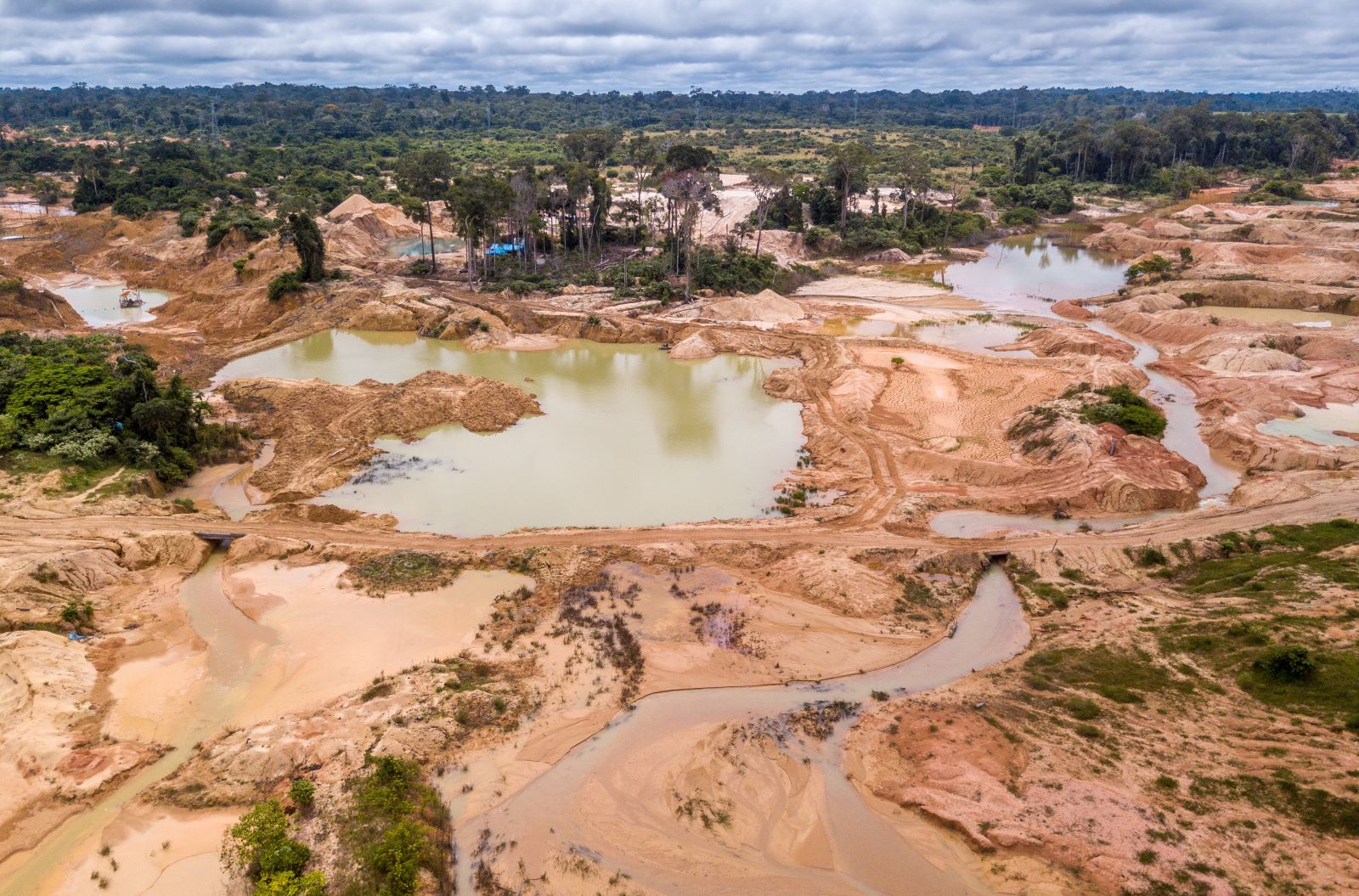
Image Credit: Shutterstock / PARALAXIS
And with heavy precipitation and flooding, forest soils can be eroded and lead to stored carbon being released back into the atmosphere.
Other issues that damage forests and contribute to the release of stored carbon include more wildfires, insects, as well as the outbreak of diseases.
Forests and the US Economy
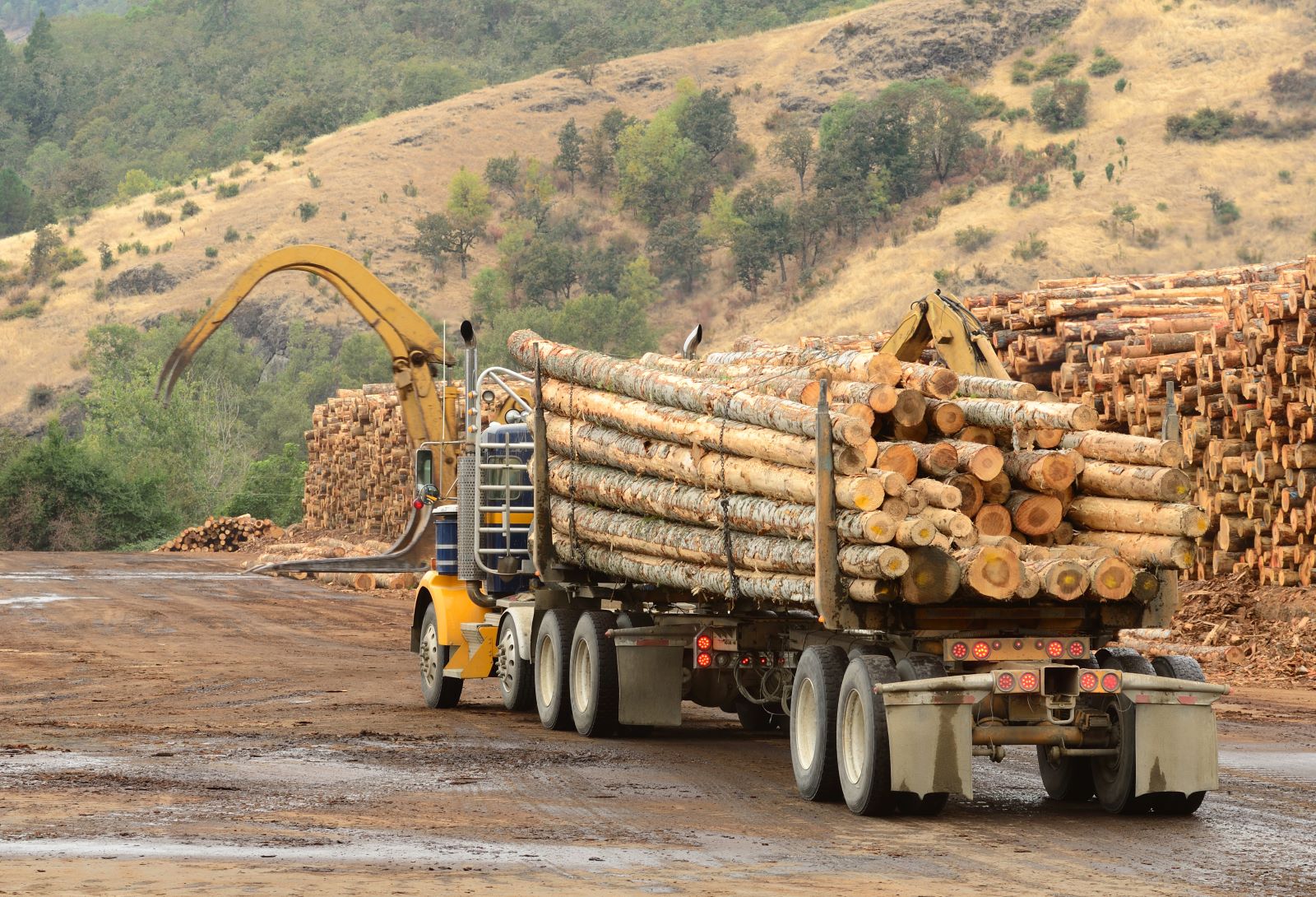
Image Credit: Shutterstock / TFoxFoto
Alarm bells should definitely be ringing by now, since Americans make use of a rich variety of forest products on a daily basis, including paper, packaging materials, and construction materials.
A Big Workforce

Image Credit: Shutterstock / Mark Agnor
More than 900,000 people in the US are employed in the forest-products industry, which generates over $200 billion annually in sales.
This accounts for about 6% of the US manufacturing gross domestic product.
Outdoor Fun

Image Credit: Shutterstock / Ground Picture
Of course, forests also provide opportunities for outdoor recreation, which is a big source of revenue and economic growth for multiple areas in the US.
So, What Now?
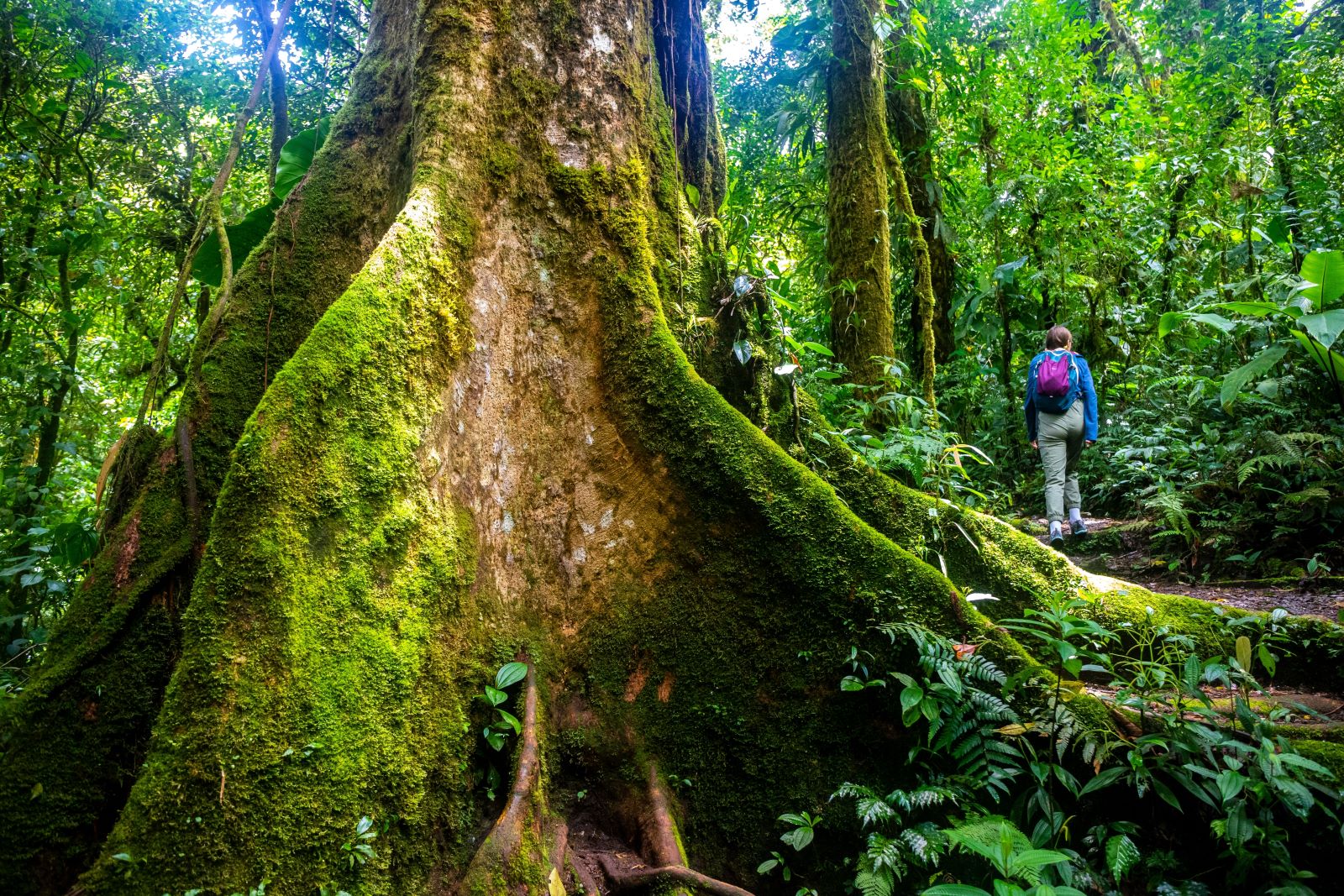
Image Credit: Shutterstock / Jakub Maculewicz
Believe it or not, the research also offers some hope: ecoregions in the Pacific Northwest bucked this downward trend, showing that targeted conservation efforts can indeed have positive results.
Save the Forests

Image Credit: Shutterstock / Jacob Lund
According to Hall, the continuing efforts in the region to protect old-growth forests and expand preserved areas can bring promising results.
Preservation is Key
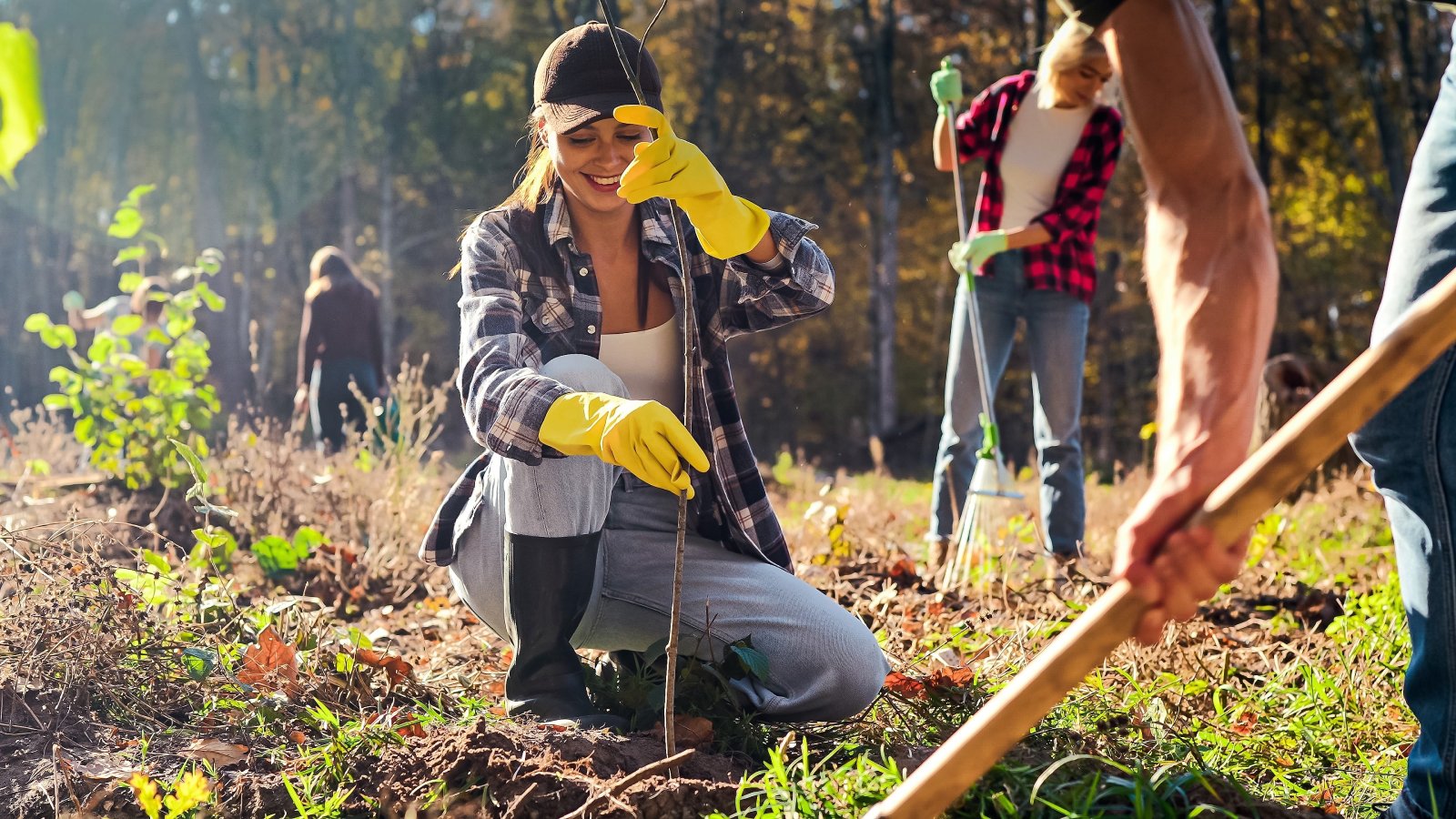
Image Credit: Shutterstock / VesnaArt
While the study illustrates the need for active conservation efforts, it also calls for reexamining climate mitigation strategies that are dependent on Western US forests.
And as the impact of climate change intensifies and carbon levels decrease in a fast-changing world, the ability of these ecosystems to adapt and endure may be the most crucial in their continued role.
Oil Dumping Scandal Rocks Ships Heading to New Orleans

Image Credit: Shutterstock / Aerial-motion
Two shipping companies have been fined after knowingly hiding a large oil spill in the Atlantic Ocean. Oil Dumping Scandal Rocks Ships Heading to New Orleans
20 Eye-Opening Realities Facing Retiring Baby Boomers

Image Credit: Shutterstock / Jack Frog
As Baby Boomers approach retirement, the promise of leisure and security often seems unattainable. This generation faces unique challenges that could redefine retirement. Here’s a stark look at the realities shaping their outlook. 20 Eye-Opening Realities Facing Retiring Baby Boomers
Retail Apocalypse: Massive Closures Sweep Across U.S. Brands

Image Credit: Shutterstock / Tada Images
Stores across the U.S. are closing at unprecedented levels, according to new research from advisory firm Coresight Research. Read on for more information about the impact this could have on you and your communities. Retail Apocalypse: Massive Closures Sweep Across U.S. Brands
Featured Image Credit: Shutterstock / salajean.

